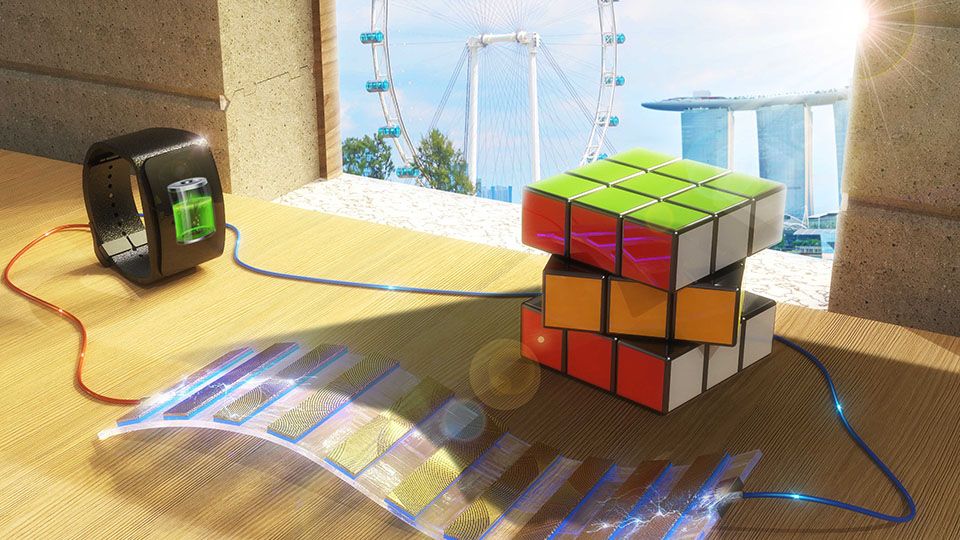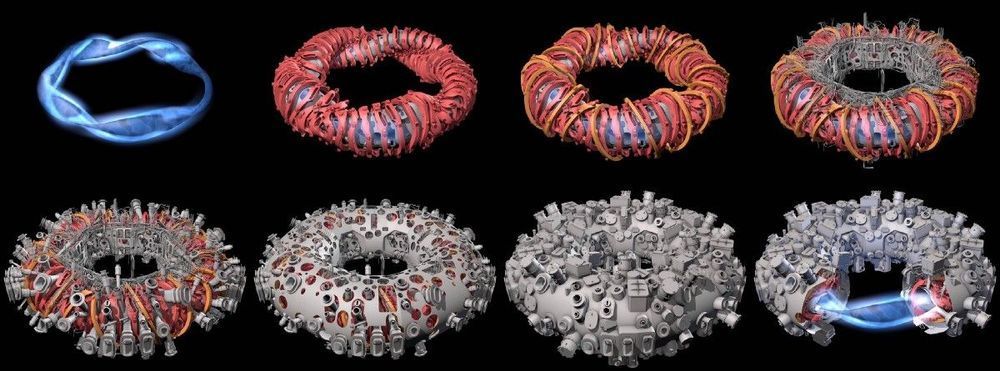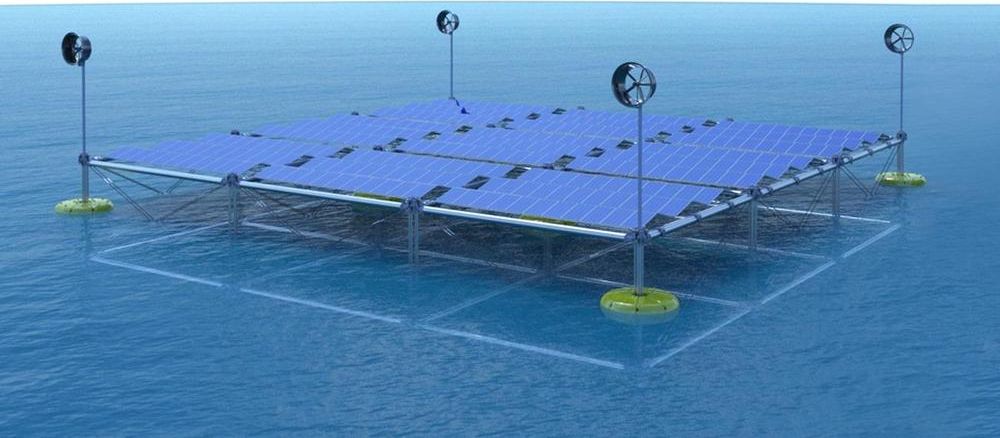A German power firm will launch demonstrations of a one-of-a-kind, triple-threat power generating platform off Iraklio, Greece, later this year.
SINN Power has been testing wave energy converter modules for five years. Buoys attached to steel frame components generate energy as waves push them up and down. The modular nature of the platform is unique in the industry.
“The modular design has been a key element since we started developing maritime technologies that allow flexibility and a wide variety of applications,” according to SINN Power CEO Philipp Sinn. “The floating platform can supply renewable energy to islands across the world … and contribute to the worldwide implementation of offshore wind farms.”






